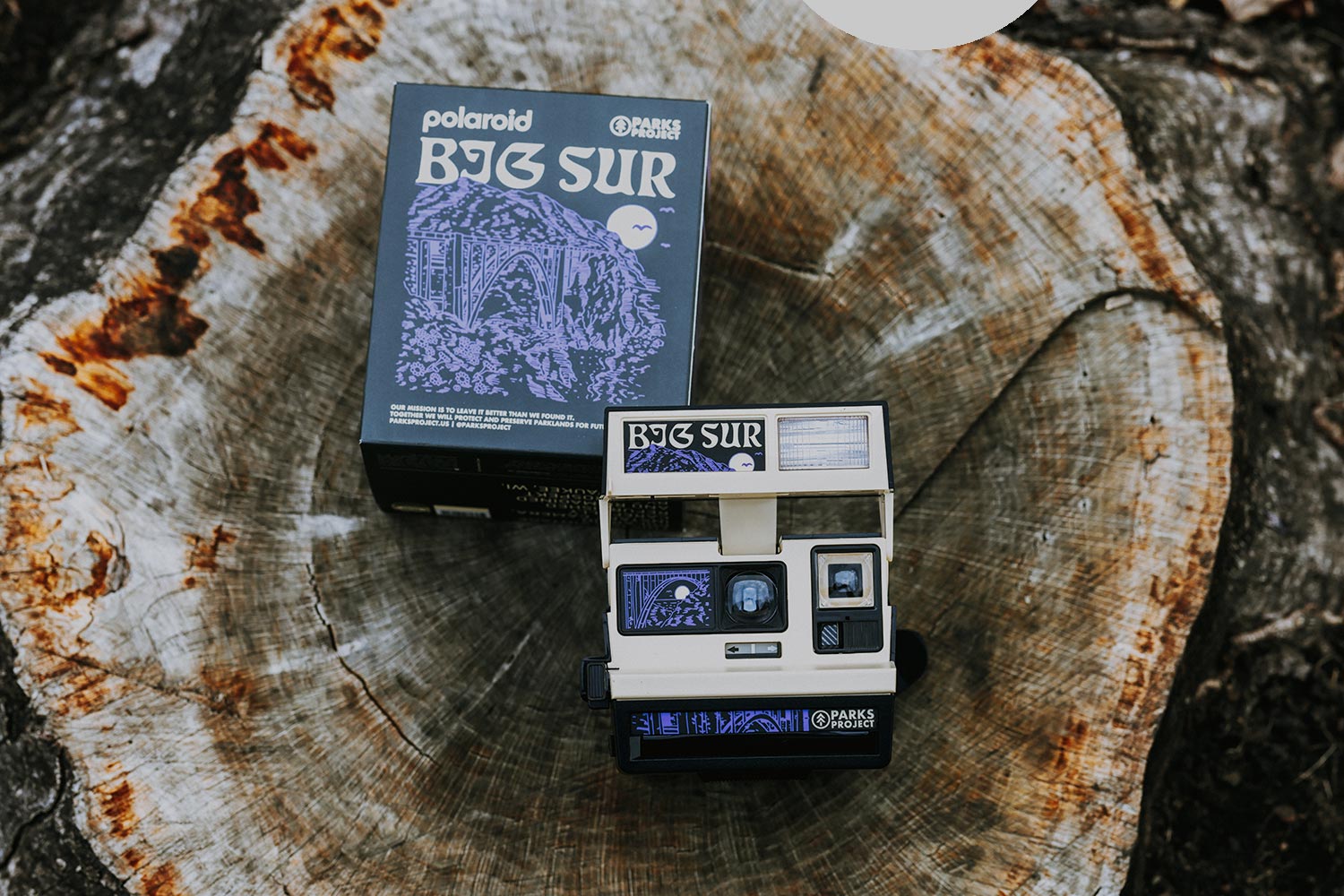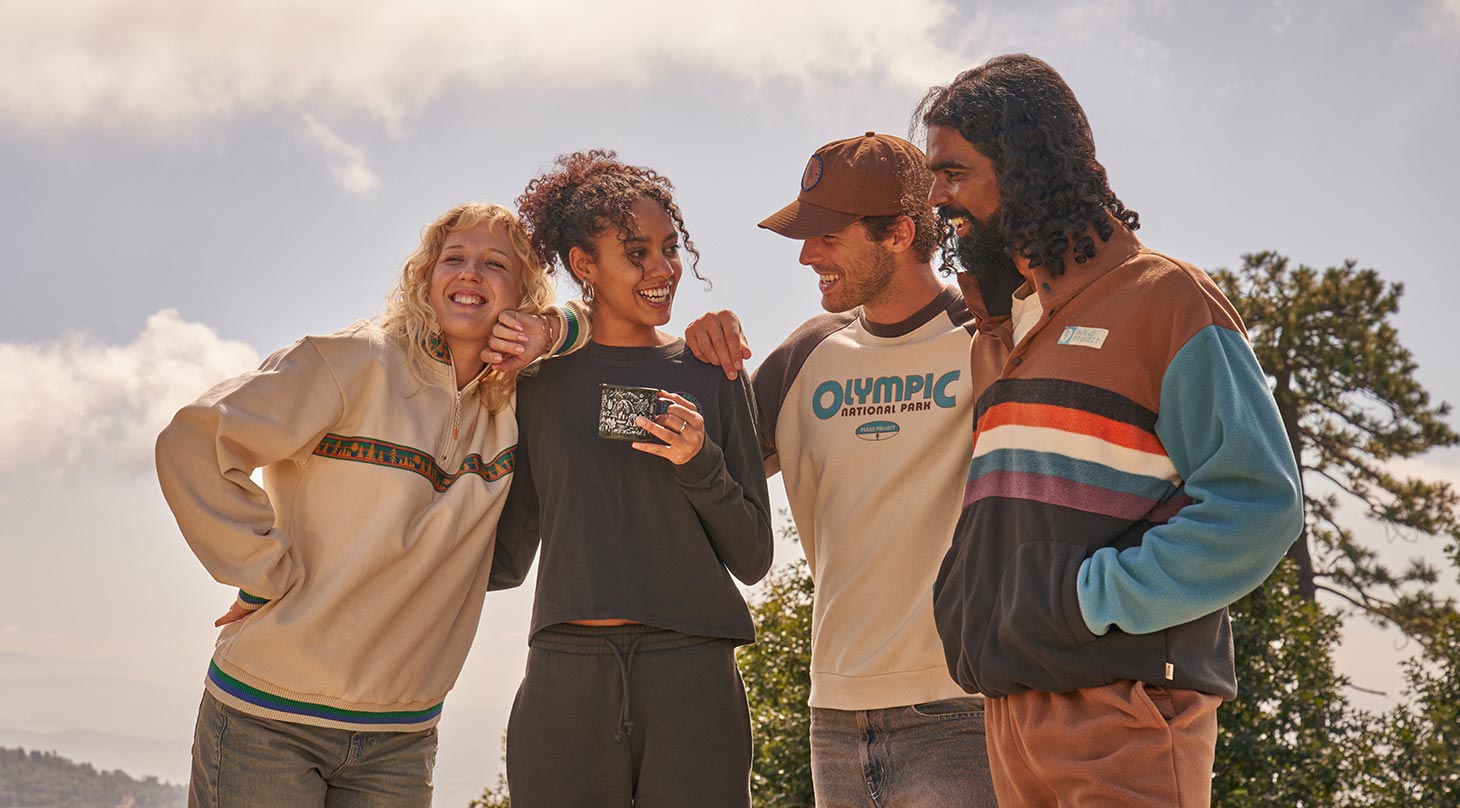Zac Cowell: Curating Vintage Nostalgia for Outdoor Enthusiasts
Meet Zac Cowell, Parks Project's Vintage Curator, whose passion for vintage began with a 90s fleece. For 5 years, he's curated unique collections for Parks Project's vintage collections, blending environmental themes with personal stories. Follow @VintageZac for thrifting adventures, and explore his curated vintage finds, from National Park treasures to state-specific gems, all with a touch of timeless outdoor flair!





